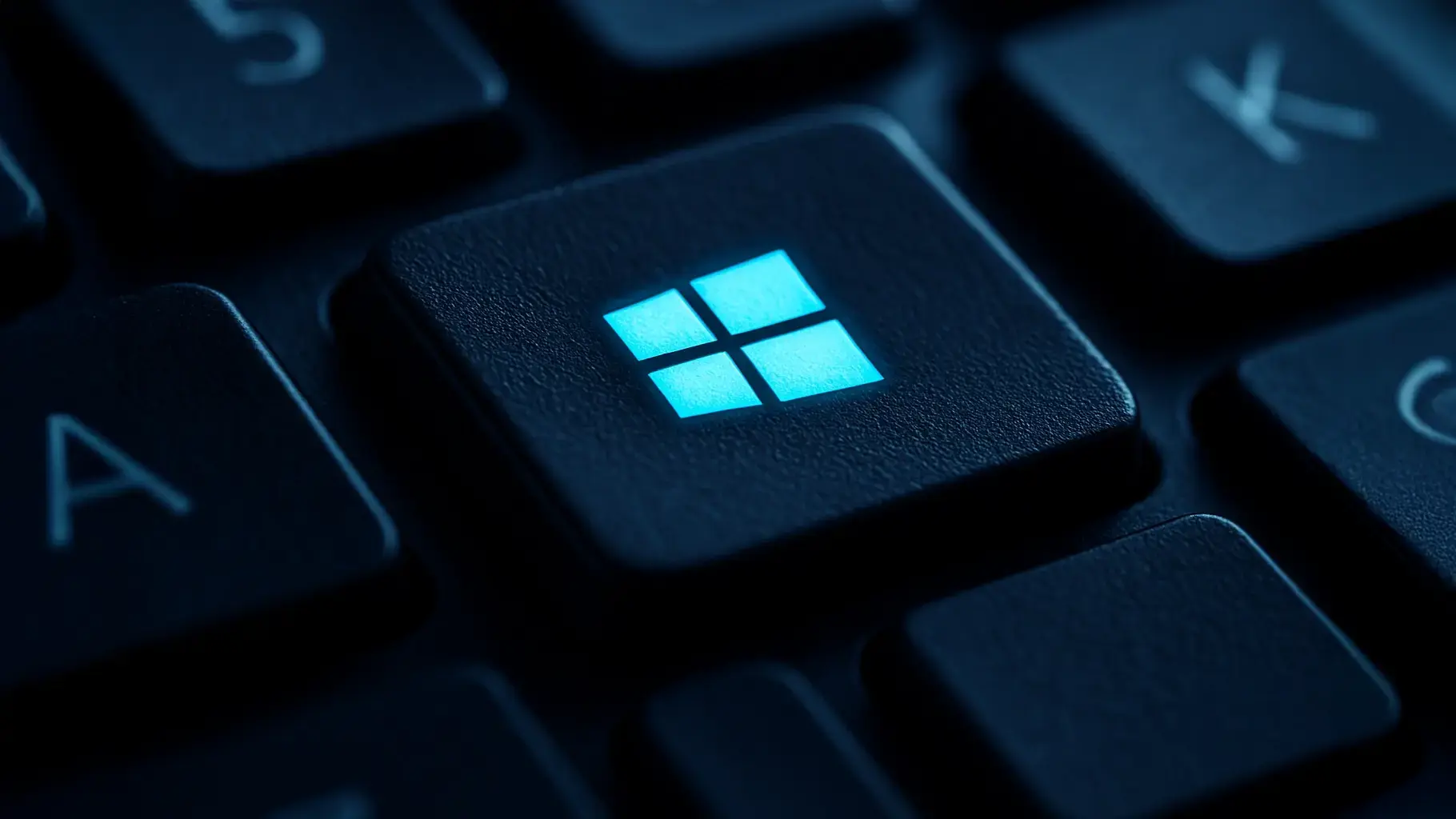Introduction
Microsoft will officially end support for Windows 10 on 14 October 2025. For enterprises operating with thousands of applications across their estate, this presents a serious challenge. Without active support, these applications are exposed to heightened risks, namely incompatibility, security vulnerabilities, and failure to meet corporate or regulatory compliance standards.
This is not the time for a patchwork response. Fragmented inventories, inconsistent application behaviour, and the absence of centralised remediation tracking can lead to costly downtime, user disruption, and increased audit exposure. To mitigate these risks, organisations must approach Windows 10 end-of-life (EOL) with a structured, audit-ready methodology.
Camwood’s FUSION Framework delivers exactly that. In this guide, we walk through the complete EOL readiness journey: from automated inventory and application compatibility testing, through remediation via repackaging, to Zero Trust hardening and readiness reporting. The outcome? A smooth, compliant and secure transition, delivered confidently, at enterprise scale.
Phase 1: Find and Frame – Inventory & Assessment
The first essential step in your readiness strategy is establishing a complete application inventory. In the “Find and Frame” phase, Camwood integrates with Configuration Manager (ConfigMgr) and Microsoft Intune to automatically harvest installer metadata, including MSI, AppX, EXE, and custom formats, alongside digital signatures, version numbers, and usage telemetry.
This dataset is further enriched with manually sourced entries for line-of-business (LOB) applications. Camwood systematically evaluates compatibility issues, such as reliance on deprecated APIs or unsupported .NET frameworks, and flags any installers that lack silent-install parameters. Each application is then categorised as Green (compatible), Amber (requires conditional remediation), or Red (requires full remediation). Executive summaries enable stakeholders to focus their attention on the highest-risk areas first.
Phase 2: Application Compatibility Testing
While discovery lays the groundwork, it’s only the beginning. To ensure uninterrupted business continuity, Camwood performs comprehensive application compatibility testing. This involves validating each application within cloud-hosted Windows 10 virtual machines, assessing silent installation, functional execution, and uninstallation.
For more complex applications, such as those with rich graphical interfaces or persistent background services, subject-matter experts conduct manual testing within Camwood’s integrated workflow service. Each test cycle generates actionable telemetry, error codes, performance metrics, and event logs. These outputs determine whether the application is viable, remediable, or high risk. This hybrid model ensures both confidence and audit-readiness at every stage.
Phase 3: Service Delivery – Remediation via Repackaging and Configuration
Applications categorised as Amber or Red then move into the remediation phase. Within the Automated Application Management service, Camwood brings modern packaging standards to bear on legacy applications.
This remediation process involves converting installers into MSIX or IntuneWin formats, and applying manifest rules such as virtual-file-system redirection, registry isolation, and mandatory digital signing. Where required, Camwood implements configuration updates, modifies environment variables, deploys dependency injection scripts, or adjusts runtime permissions.
Following remediation, each application is subjected to automated regression testing to confirm that no new issues have been introduced. A comprehensive audit trail, including package IDs, test outcomes, and deployment approvals, is maintained to meet stringent security and compliance requirements.
Phase 4: Operationalise Outcomes – Deployment & Readiness Reporting
With remediation complete, Camwood initiates phased deployments using Azure AD groups or ConfigMgr collections. Early rollout waves are directed toward non-critical departments to monitor stability. Telemetry is captured to confirm reliability, and automated rollback scripts are triggered when thresholds for install success or user satisfaction are not met.
Real-time dashboards provide detailed insights throughout the rollout. These dashboards display deployment success rates, rollback event volumes, remediation velocity, and risk metrics broken down by department. This business-aligned intelligence supports resource planning, stakeholder engagement, and final cut-over scheduling.
Embedding Zero Trust Hardening
Every remediated application is also an opportunity to raise the security baseline. Camwood integrates Zero Trust principles directly into the deployment process. This includes enabling BitLocker encryption, enforcing Microsoft Defender security baselines, and activating Conditional Access policies.
MSIX packaging ensures applications are restricted from unauthorised execution. Intune policies continuously monitor for non-compliant devices, which are automatically quarantined or reconfigured. As a result, security becomes an integrated by-product of the migration, not a last-minute add-on.
Six-Step Action Plan for Windows 10 EOL Readiness
To support a secure and efficient transition, follow this six-step action plan:
- Automate Inventory Discovery: Leverage Intune and ConfigMgr to create a single source of truth across your entire application estate.
- Assess Compatibility: Identify risk levels across installer types, application usage, and technical readiness.
- Execute Compatibility Testing: Conduct install, functionality, and rollback verifications in a controlled VM environment.
- Remediate via Repackaging: Securely convert applications, apply necessary configuration updates, and re-test thoroughly.
- Deploy in Controlled Phases: Roll out applications in monitored stages, supported by rollback mechanisms.
- Report & Harden: Use live dashboards and integrated Zero Trust policies to track rollout progress and improve your security posture.
Frequently Asked Questions
1. How to inventory applications for Win10 readiness?
Use automated connectors to Configuration Manager and Intune to extract installer metadata, MSI, AppX, EXE, and supplement these with manual entries for custom line-of-business software. Tag applications by usage and criticality to inform assessment waves.
2. What tools automate compatibility testing?
Camwood utilises cloud-hosted VM farms running Windows 10, orchestrated via PowerShell and API calls. These environments perform silent-install tests, workflow validations, and uninstallation checks. Manual steps are supported via integrated ticketing when expert judgement is required.
3. How to remediate legacy apps?
Options include repackaging into MSIX containers with virtual-file-system redirection, wrapping installers in IntuneWin for legacy compatibility, or applying configuration scripts to address registry and dependency issues. All packages are regression-tested automatically.
4. How to report readiness status?
Real-time dashboards consolidate data from every phase, inventory, testing, remediation, and deployment, delivering metrics such as readiness scores, install success rates, rollback frequencies, and compliance drift. Custom PDF reports are available for audit purposes.
5. What fallback options exist?
For applications that cannot be remediated in time, enterprises can maintain legacy Windows 10 instances under extended support, containerise incompatible apps with MSIX on Windows 11 VMs, or implement exception policies supported by compensating security controls.



